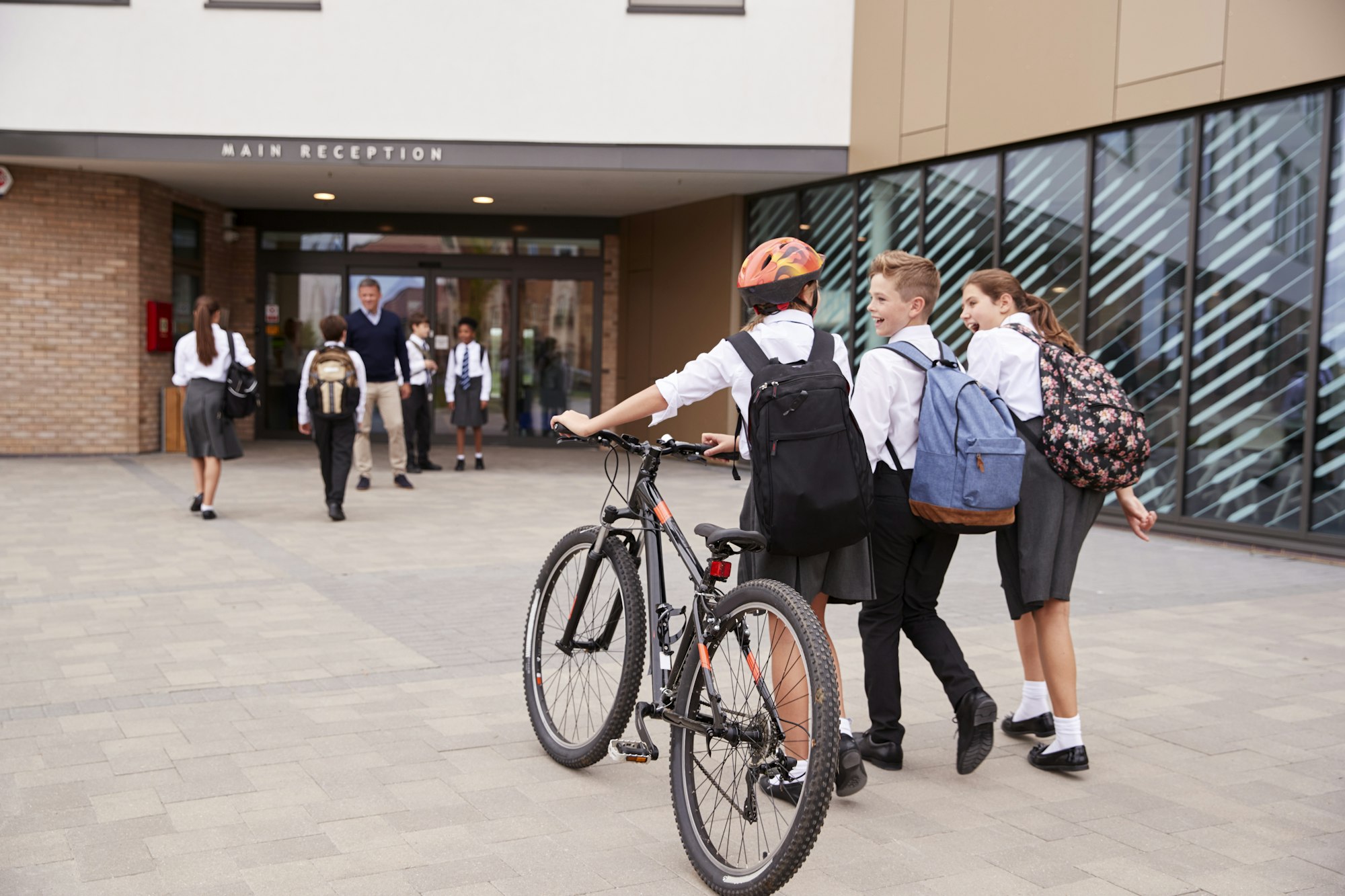In mid-September 2024, Springfield, Ohio, found itself grappling with a critical decision—closing its schools amidst serious threats of violence. This step reflects a growing issue that schools across the U.S. are increasingly facing. Here’s a detailed look at the situation and its implications.

The Trigger for the Shutdown
On September 16, 2024, Springfield City Schools were forced to close when they received threats serious enough to concern the authorities. The specifics of these threats were kept confidential, but they were significant enough to prompt immediate action to ensure the safety of over 7,000 students. Alerts went out to parents, staff, and the broader community to keep everyone informed.
The police, along with the FBI, began an investigation to determine the origin of these threats. Unfortunately, this scenario is part of a disturbing trend where schools have become targets of threats, ranging from hoaxes to potential real dangers.
A Nationwide Concern
This incident is not isolated. Throughout 2024, schools across the country have been on high alert due to an increase in both credible and non-credible threats. These threats have prompted schools to implement emergency protocols including lockdowns, evacuations, and complete closures.
The rapid spread of threats facilitated by social media and encrypted messaging complicates the efforts of law enforcement to distinguish between false alarms and genuine threats.
Community and Psychological Impact
The disruption caused by these closures extends beyond mere academic inconvenience. It fosters an atmosphere of anxiety and fear among students, potentially leading to long-term psychological effects such as increased anxiety, depression, and behavioral issues.
Parents face their own set of challenges, dealing with the constant worry about their children’s safety and questioning whether enough is being done to protect them at school. The roots of these threats are complex, intertwined with issues like mental health crises among youth, easy access to weapons, and the isolating effects of past lockdowns during the pandemic.
Proactive Measures and Law Enforcement Response
Schools and law enforcement agencies are continually updating and enforcing safety measures to prepare for and respond to threats. Enhanced security systems, active shooter drills, and emergency training for staff are becoming standard practices. Coordination with local police helps in building a rapid response framework and fostering a sense of security within the school community.
Springfield’s response to the recent threats was swift and by the book, showcasing their commitment to safety. However, it also sparks a broader debate about whether school closures are the most effective strategy or if alternative methods, such as temporary shifts to online learning, could mitigate educational disruptions while maintaining safety.
Looking Ahead
As Springfield schools prepare to reopen, the focus remains on the ongoing investigation and refining preventive strategies. The incident is a stark reminder of the persistent challenges schools face in ensuring safety without disrupting education. It emphasizes the need for ongoing dialogue and innovation in school safety protocols and community resilience strategies.
This incident in Springfield serves as a crucial lesson in the evolving landscape of school safety, underlining the importance of preparedness and community cooperation in these challenging times.

FAQ: Understanding School Safety and Community Impact in Springfield
1. Why were the schools in Springfield, Ohio, closed in September 2024?
- Schools in Springfield were closed due to credible threats of violence received by the district. These threats were serious enough to prompt immediate action to ensure the safety of over 7,000 students. The exact nature of the threats was not disclosed, but the closure was a precautionary measure in line with the district’s commitment to student safety.
2. How are schools generally handling these types of threats?
- Schools across the country are increasingly developing and implementing comprehensive emergency protocols to handle threats. These measures include lockdown procedures, evacuation plans, and even temporary closures if deemed necessary. Additionally, many schools are enhancing their security systems, conducting regular safety drills, and training staff to handle potential emergencies effectively.
3. What are the psychological effects of these threats on students and how are they being addressed?
- The psychological impact on students can include increased anxiety, stress, depression, and behavioral changes. Schools and communities are addressing these issues by providing access to counseling and mental health support for affected students. Educators and parents are also working together to maintain a sense of normalcy and security for students in the face of such disruptions.
Sources CNN


